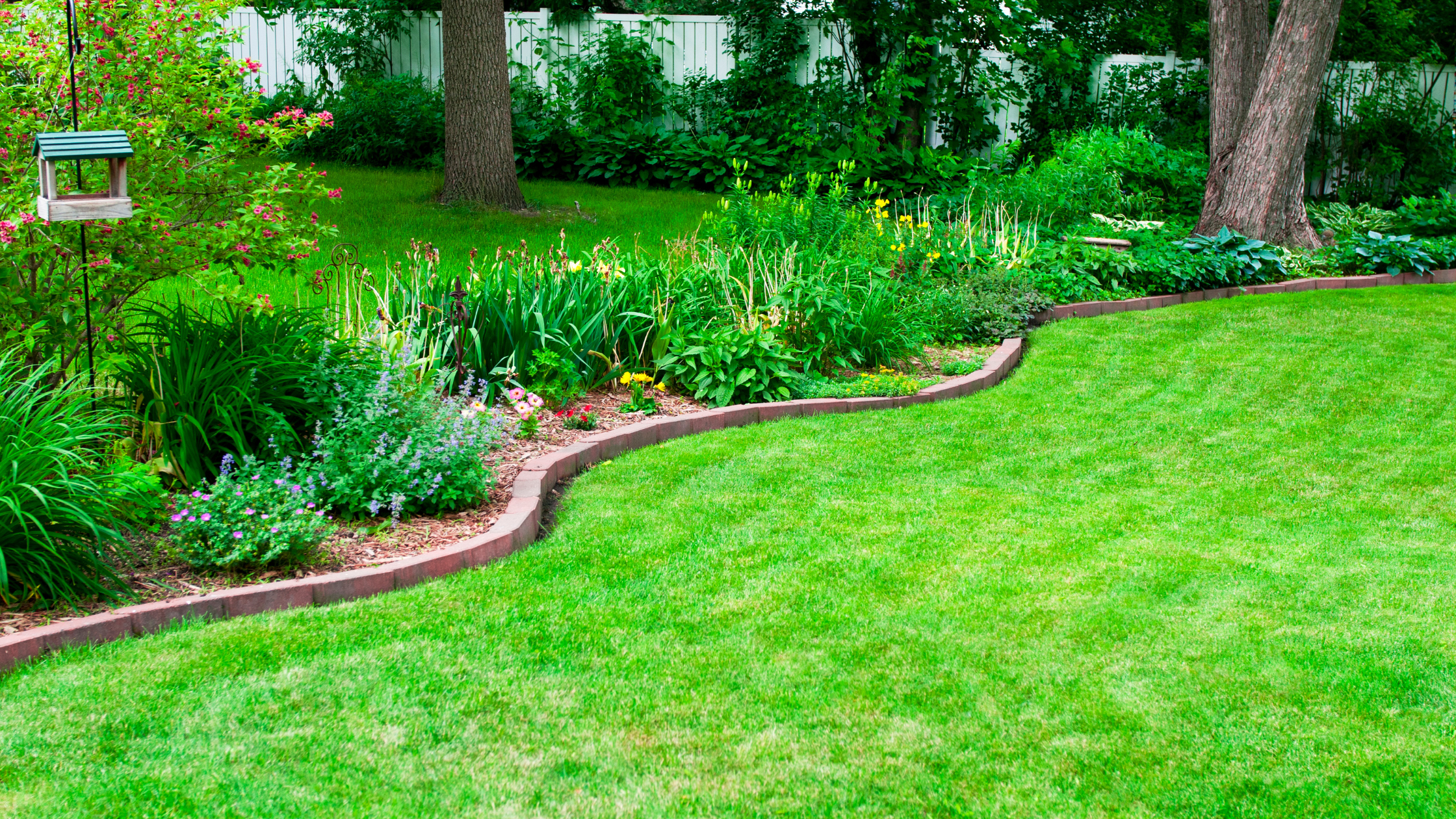Fall is the ideal time for planting grass seed due to its favorable conditions. Here's the quick and dirty on how to prepare and care for your lawn when seeding in the fall.
Why Fall is Ideal
The fall season, from mid-August to early October, offers cooler temperatures and consistent moisture levels, perfect for seed germination. The warm soil and reduced heat stress create an optimal environment for root development. Additionally, reduced weed pressure makes it the go-to choice over spring.
Step-by-Step Guide
1. Assess Your Lawn
Identify sparse or diseased areas to target your seeding efforts. Signs you need seed are bare spots, brownness, thinning, or wilting are clear signs that your turf may benefit from seeding.
2. Choose the Right Seed
For those of us in the Northeast, select a mix suitable for New England, like Kentucky bluegrass, fine fescue, and perennial ryegrass. Most New England blends will have different percentages of each species, playing to each of their strengths. Another species to also consider is turf-type tall fescue (TTTF) which has deeper penetrating roots, making it more drought and disease-resistant.
3. Prepare the Soil
Seed-to-soil contact is critical for seed germination. If the top layer of your soil is hard or compacted, loosen the top layer with light raking. Multiple passes with an aerator or slice seeder is another approach you can use. Before seeding, you'll want to mow the lawn to about 2 inches. This allows more sunlight to get to your seed, reduces competition from the established turf, and will allow your new seed to take root before you need to mow the lawn again. Mowing before the new seed is established can hurt your establishment rate.
4. Seeding Techniques
Consider overseeding combined with core aeration for better results. Core aeration helps break up soil compaction and improves water, oxygen, and nutrient penetration. Overseeding with a rotary spread pattern then gives you the best coverage possible. Machine-powered spreaders are preferable to get the most consistent application rate possible. Mulches like hay may contain the seeds of weeds and are typically not needed post-application, however, if your seed was applied in an especially bare area, it doesn't hurt to have a very thin layer of dirt or peat moss raked over the seed to trap moisture.
5. Aftercare
In the most basic sense, there are four things you'll want to keep in mind for aftercare:
- Watering: Keep the soil moist with light watering 2-4 times daily for 5-10 minutes.
- Mowing: Wait until the grass reaches normal mowing height.
- Fertilization: If your seed is not coated with a starter fertilizer, carefully use a starter fertilizer to help turf establishment.
- Weed control: Avoid applying weed control during germination. Wait until the grass is established, typically after two mowings.
6. Patience
Different grass species have varying germination times, ranging from 7 days to 3-5 weeks. Be patient and allow time for full establishment. When you are enjoying the fruits of your labor, you'll be glad you did!
Looking for professional help? Achieving a lush lawn requires diligent planning, preparation, and aftercare. Mainely Grass is here to assist you!
